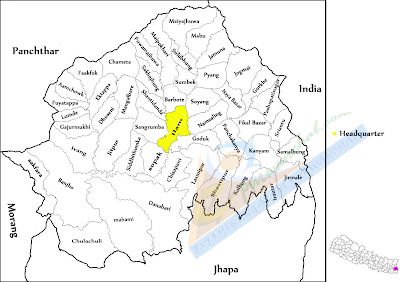 The Kanyam tea estate is situated at a height around 6,000 ft above sea
level that is the highest in ILam district &. was first planted under
the technical collaboration of the British government. Kanyam's first
foundation was planted by the Late King Birendra with a kind
feeling, depth &. vision to encourage the tea sector in Nepal which is
located very near to mountain Kanchanjanga.
The Kanyam tea estate is situated at a height around 6,000 ft above sea
level that is the highest in ILam district &. was first planted under
the technical collaboration of the British government. Kanyam's first
foundation was planted by the Late King Birendra with a kind
feeling, depth &. vision to encourage the tea sector in Nepal which is
located very near to mountain Kanchanjanga.The Kanyam tea garden consists of approx. 240 hectares of which tea is planted on 200 hectares &. produces around 125 thousand Kgs. of some of the most exquisite Orthodox tea.
The Kanyam tea factory is located at an altitude of 5500 ft. above sea level
The Darjeeling hill plantations is about 2 Km from the Kanyam tea estate &. is similarly conducive to the kind of environment required to grow tea with a subtle brew &. flavor loved by all.
Climatic conditions are so parallel that the thick Cotton Clouds seen over ILam &. Darjeeling literally cross each other sparking off the same mountain winds &. rain that clean the tea gardens situated in these areas.









